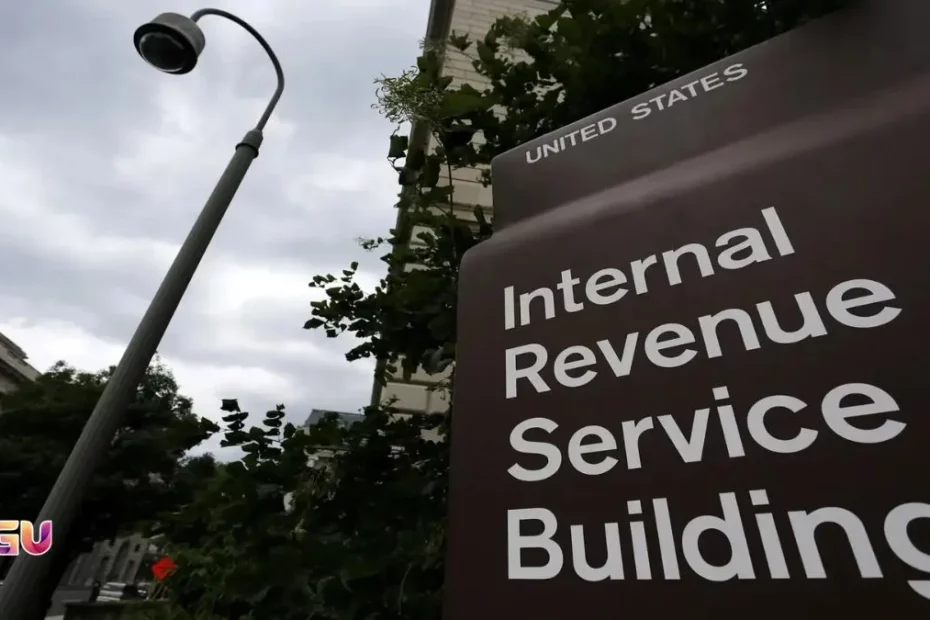Millions of Americans are receiving IRS tax refunds this June—here’s how much you could get and when it’s coming.
June 2025 IRS Tax Refund: The IRS is issuing a new round of tax refunds this June, with many taxpayers receiving as much as $3,000, according to the latest update from the Internal Revenue Service (IRS). Whether you filed in April or qualified for an extended deadline due to weather-related disasters, here’s everything you need to know about your IRS refund in June 2025.
Average IRS Refund Nears $3,000 This Year
The average IRS refund for 2025 has climbed to $2,939, slightly higher than last year’s average of $2,869. According to the IRS, more than $274 billion in refunds has already been paid out.
Taxpayers who filed electronically with direct deposit are among the first to receive their money, giving many households a timely financial boost heading into summer.
IRS Tax Refund Schedule: June 2025 Timeline
Here’s when you can expect your IRS refund based on when and how you filed:
Filed May 1–15 (E-file + Direct Deposit): Refunds delivered between May 22 and June 4
Filed May 16–31 (E-file + Direct Deposit): Refunds arriving June 6 to June 19
Filed by Paper (Any Date): Refunds may not arrive until mid to late July
If you requested a paper check, allow an additional 1–2 weeks beyond the direct deposit timelines due to USPS processing delays.
Extended Deadlines for Disaster-Affected States
If you live in California, Kentucky, Arkansas, or Tennessee, you may have qualified for extended filing deadlines due to natural disasters:
- California: File by October 15
- Other states: File by November 3
However, if you’ve already filed, your IRS refund may still arrive in June, depending on your filing method.
How to Check Your IRS Refund Status
To track your refund, use the IRS “Where’s My Refund?” tool available at IRS.gov. You’ll need:
- Your Social Security Number (SSN) or ITIN
- Your filing status (single, married, etc.)
- The exact refund amount you’re expecting
This tool shows whether your return has been received, approved, or sent.
Why Some Refunds Are Delayed
Several common issues can slow down your IRS refund:
- Incomplete or incorrect information on your tax return
- Paper filing instead of electronic
- Mail delivery delays from the U.S. Postal Service
- IRS staffing limitations
To avoid these issues in future years, the IRS recommends e-filing and double-checking your direct deposit details before submitting.
Late Filing Penalties
If you haven’t filed your 2024 taxes yet, the clock is ticking. Failure to file can result in:
- A 5% monthly penalty on unpaid taxes (up to 25%)
- A minimum penalty of $485 or the tax due (whichever is less), if over 60 days late
To avoid penalties, file now and claim your refund while you still can.
Many Will Receive Refunds by End of June
With millions of IRS refunds already processed, most eligible Americans should expect their refund to arrive by the end of June 2025, assuming no major delays. If you’ve filed and are still waiting, use the IRS tracking tool to check your status.
